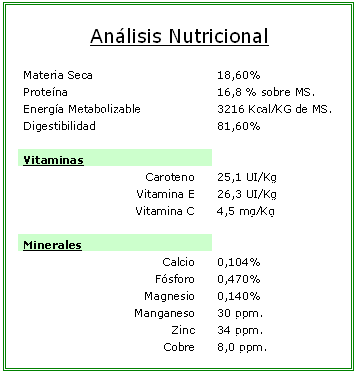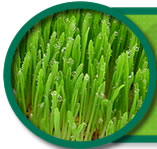Most of the basic feed used in animal nutrition, that is, hay, grains, ensilage, etc. are enough insofar as their content in one or more of the essential factors: but they are poor vital sources, which have still not been accurately defined.
These unknown factors are responsible for the animals' growth and good development, being present in green grass, fish flour, soya flour, alfalfa and dry soluble by-products from distilleries.
Researchers have been unable to reach an agreement with regard to the number of different essential factors, their chemical nature or the relative amounts that the different natural sources they come from contain.
No doubt, the green plants are better supply sources than the plant itself after harvesting, preparation and storage, to be provided as food in the following days. For example, the dehydrated alfalfa will never contain as much carotene or proteins as the green plant during its development before being cut.
The loss of vitamins, minerals and hormones during the harvesting is enormous.
Many experiences prove that grass is the perfect nutritional complement for the livestock. Research has repeatedly proven that the green plant's nutritional value reaches its peak about four days after the germination and begins to decline as of that moment.




